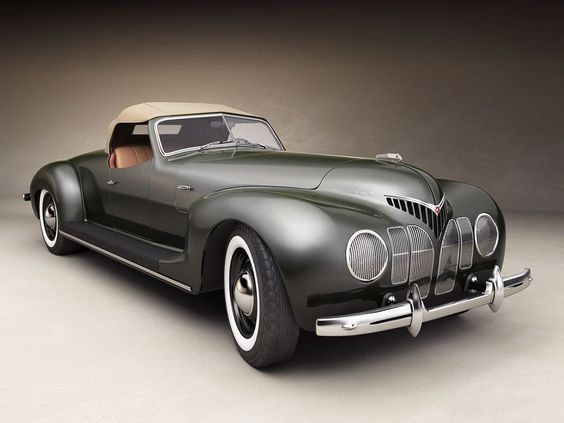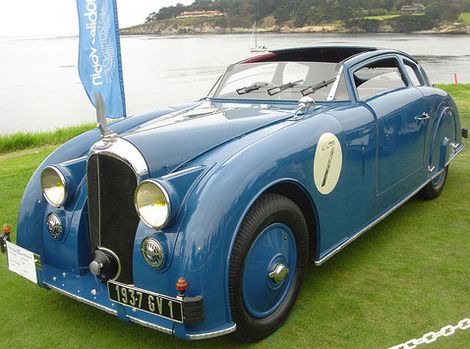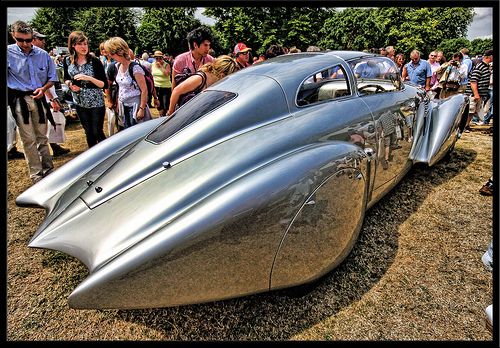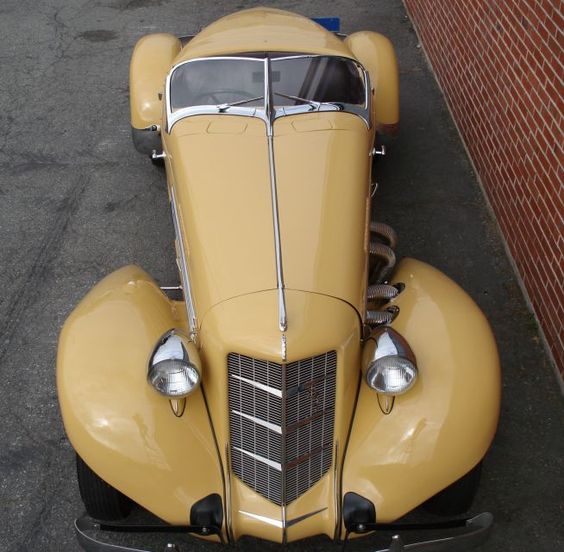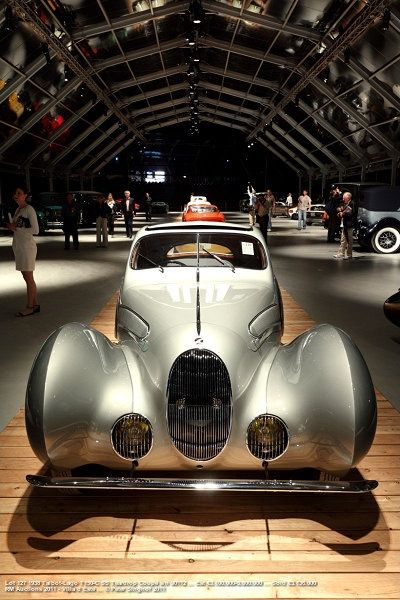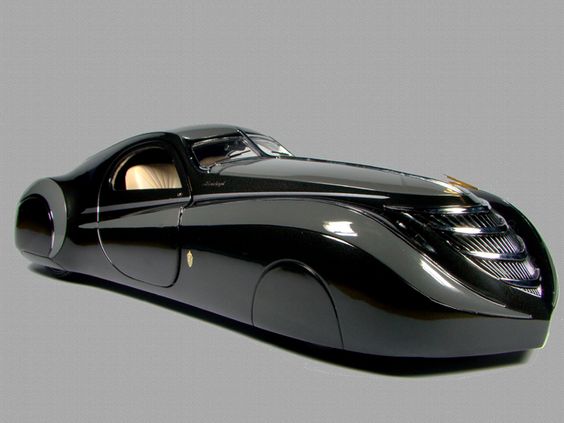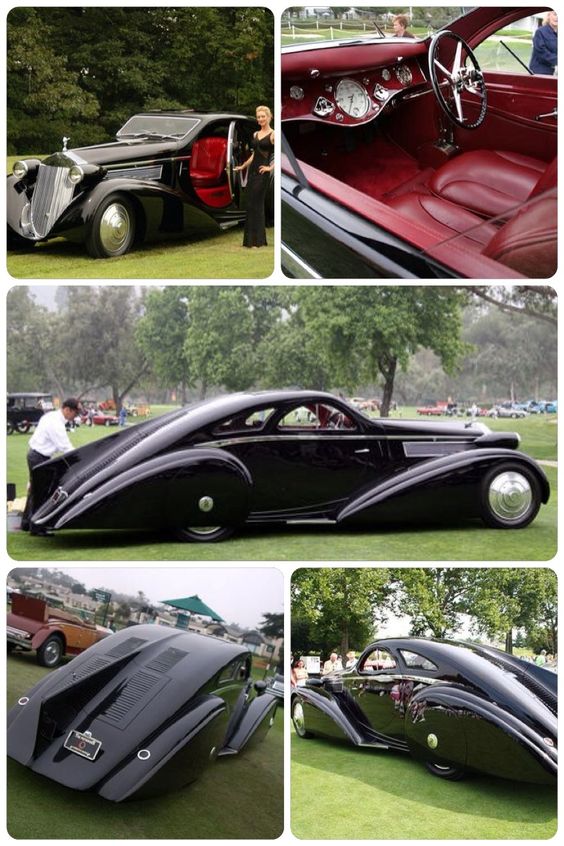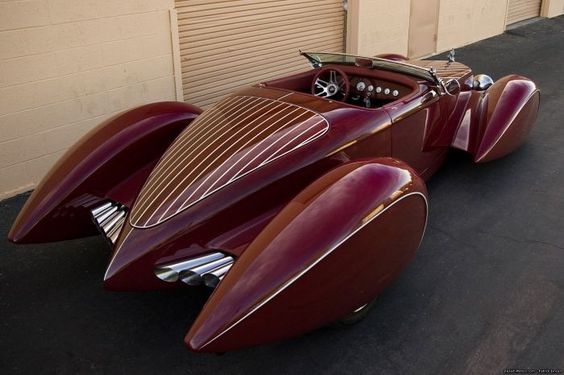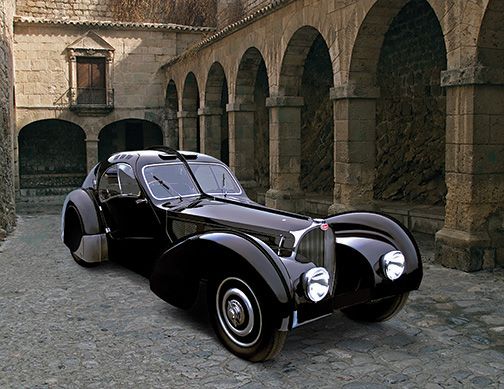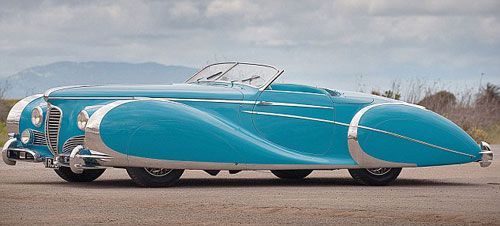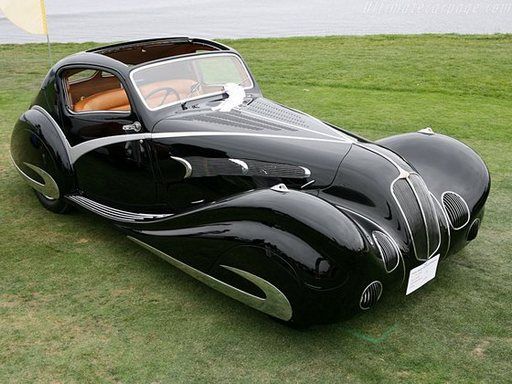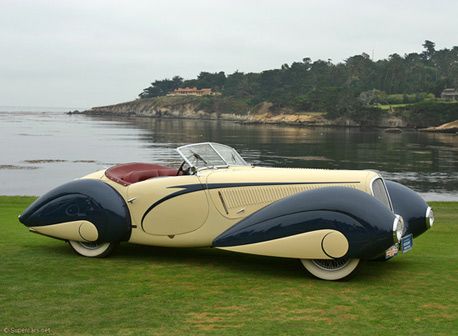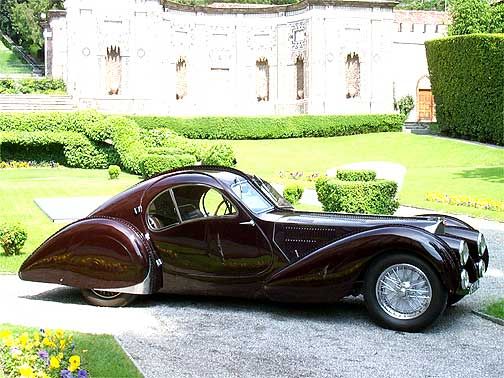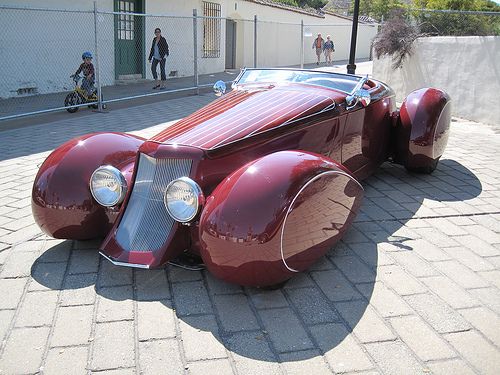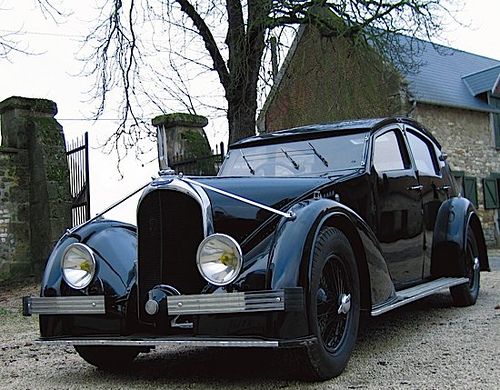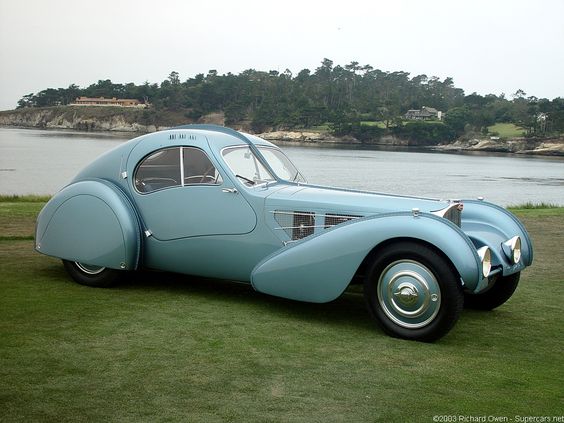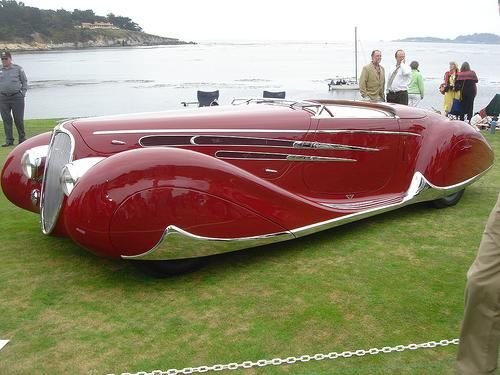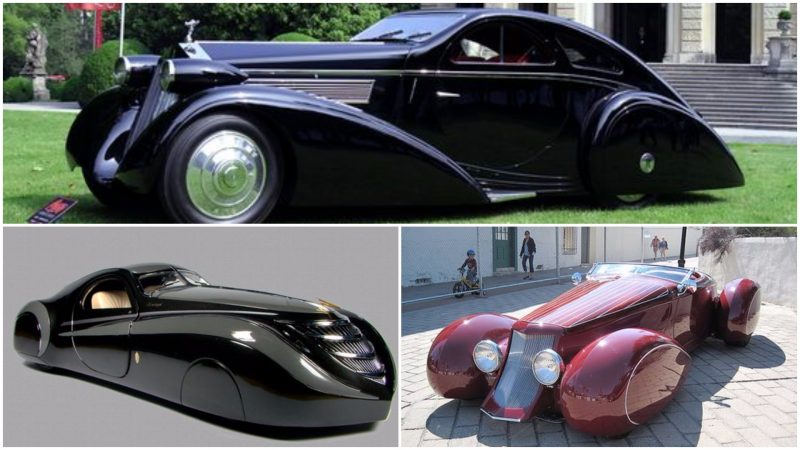The Art Deco movement influenced design and marketing in many different industries in the 1930s, and the motor industry was no exception. During the 1930s, when most folks couldn’t even afford to put food on the table, upscale car makers turned out luxury vehicles with incredible features. Some of these features, like front-wheel drive and electric wipers, were ahead of their time. Most of all, a huge leap forward in style. Aerodynamics, Streamlining, and Art Deco all collided into beautiful sheetmetal shapes. War was looming, but Europe was having an influence on our designers as well, with rolling sculptures from Alfa Romeo, Bugatti, Talbot, and Delahaye making headlines and turning heads around the world.
After 1929, the American automobile industry, suffered a hard blow because of the economical depression which started with the crash on Wall Street in October 1929. The years 1931 and 1932 were very hard for the American automobile industry. There were not so many 1930s cars sales as during the 1920s, because of the depression, but the face lift, styling and design of a car was a very important invention to attract new buyers. The gloomy (chromed) and streamline styled cars were very typical for the end of the 1930s. The American automobile changed during the Thirties. The automobile changed from the traditional four-square styling that prevailed into the early Thirties, towards a streamlined (Tear-drop shaped) car at the end of the Thirties. The Thirties are in fact the decade that largely established the shape of cars we know today. A comparison of the typical 1930 model (T-Ford model) with its 1939 descendant provides dramatic proof of how complete the transformation was on the Ford 1930s cars.
The greatest impact of the streamlined designs was in fact that the 1930’s cars became eye catchers. Automobiles of the 1930s became to look like art. Most cars were build on a simple, high, carriage-like chassis rolling on wood-spoke wheels and solid tires. From 1932 on, American cars changed.
